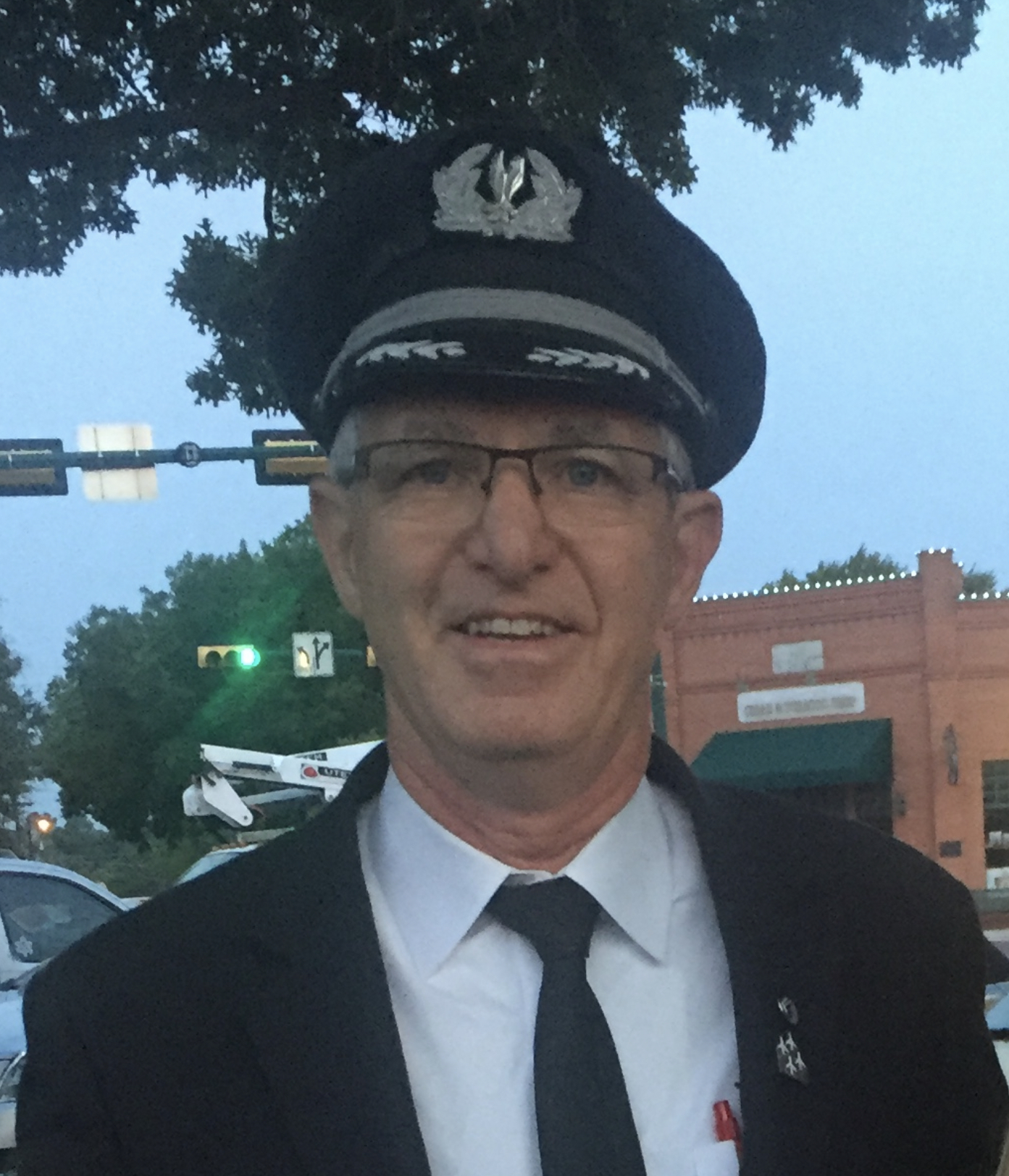Holding Pattern at O’Hare
Circa 1997
Once,
I landed at Chicago in the Super 80 after a routine flight from Boston. There is always a calculation in the late stages of cruise of the ratio between remaining flight time versus remaining bladder time, and I probably came to realize my miscalculation even before landing. After leaving cruise altitude, things are just too busy for that. I had experienced this assessment error at least one time before as a 727 copilot. We were put into holding after I had skipped the chance for a preemptive strike, and it gave new meaning to the term “holding” that I did not want to repeat. I don’t recall being too worried about it this time until after landing and seeing scores of airplanes doing an elephant walk towards the gates. As we lumbered along at about 2 MPH, I was practically doing a rain dance in the cockpit, as confined as the space was for that sort of thing, but there was no place to stop and park my brakes without putting all of O’Hare into irreversible gridlock. So, I plugged on with the gnashing of teeth and other behaviors that accompany such a situation – you know the drill. Private pilots can buy special relief bottles for such contingencies. I have heard stories of pilots putting the airplane on autopilot and crawling into the back seat to retrieve their piddle pot – a very dangerous decision on their part. I think there’s one for every anatomy, but I digress.
Anyway, there I was, struggling through the aforementioned drill and hoping to catch a break in the traffic. I needed to get to that gate. Did I mention that my copilot was female? Any idea of retrieving the offending coffee cup out of the trash bag (to get creative) was offset by that twist in the story. But she knew my pain; the whites of my eyes were turning yellow, and they were leaking at every corner. Let’s assume it was sweat and tears rolling down my face. I had to spill my guts about my predicament to her even while agonizing to hold everything else in. She was very understanding. After probably another 15 minutes, we finally got cleared onto the ramp where our gate was located. You might not realize that there are two distinct worlds out there in the control of ground traffic – the part controlled by the FAA and the part controlled by the company. The ramp was controlled by the company, which meant the rules are different. The guy on the radio might think he’s a controller, but really he’s just an agent who stuck around too long. I could see our assigned gate and was thinking “almost there” as our radio received the “hold your position” call. That was it. I set my parking brakes, unbuckled and split for the bathroom while mumbling something to the first officer like, “If they want us to move, tell them we can’t just yet. Make up a reason. This shouldn’t take long”.
I figured the passengers and flight attendants needed no verbal explanation about my predicament as they saw their captain whizzing out one door and into the other. Keep your mind on the context folks, I was simply moving fast. In my present solitude behind the bathroom door, I thought about my contribution to the traffic jam and all the strange scenarios that could develop during my short absence, but, most assuredly, those things were no distraction to my primary aim, ah… I mean focus…and I didn’t mean…ahh! Anyway, in just a short time I was grabbing my tiller. Context again folks, context. The tiller is the little steering wheel near the captain’s seat that steers the nose wheel. Our clearance to taxi the last 200 feet was received, and soon the engines went silent. I haven’t seen that copilot in twenty years and now I wonder if that is one of her war stories too?
